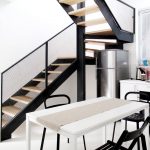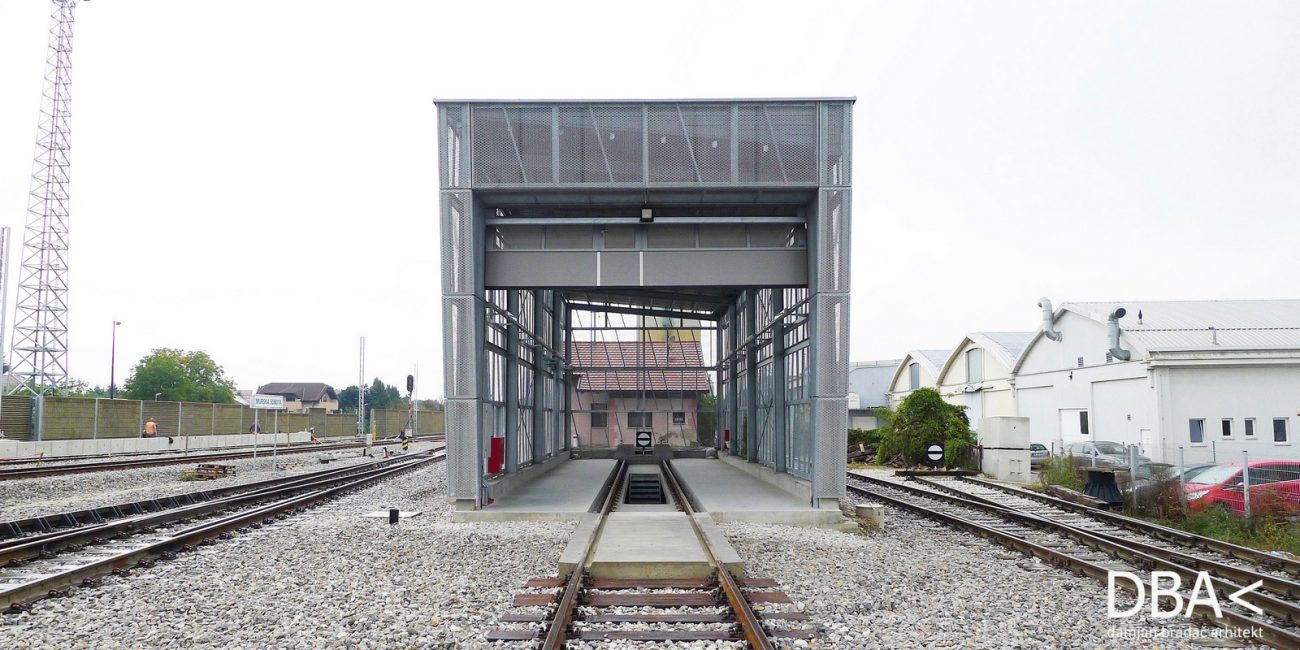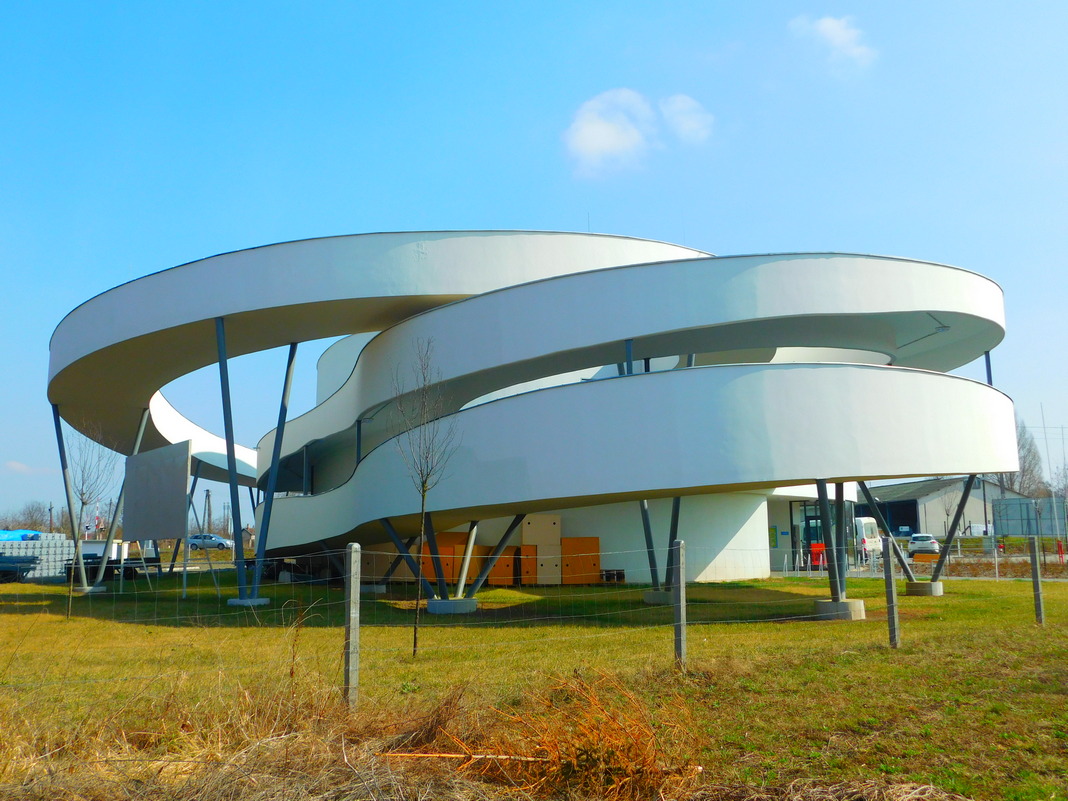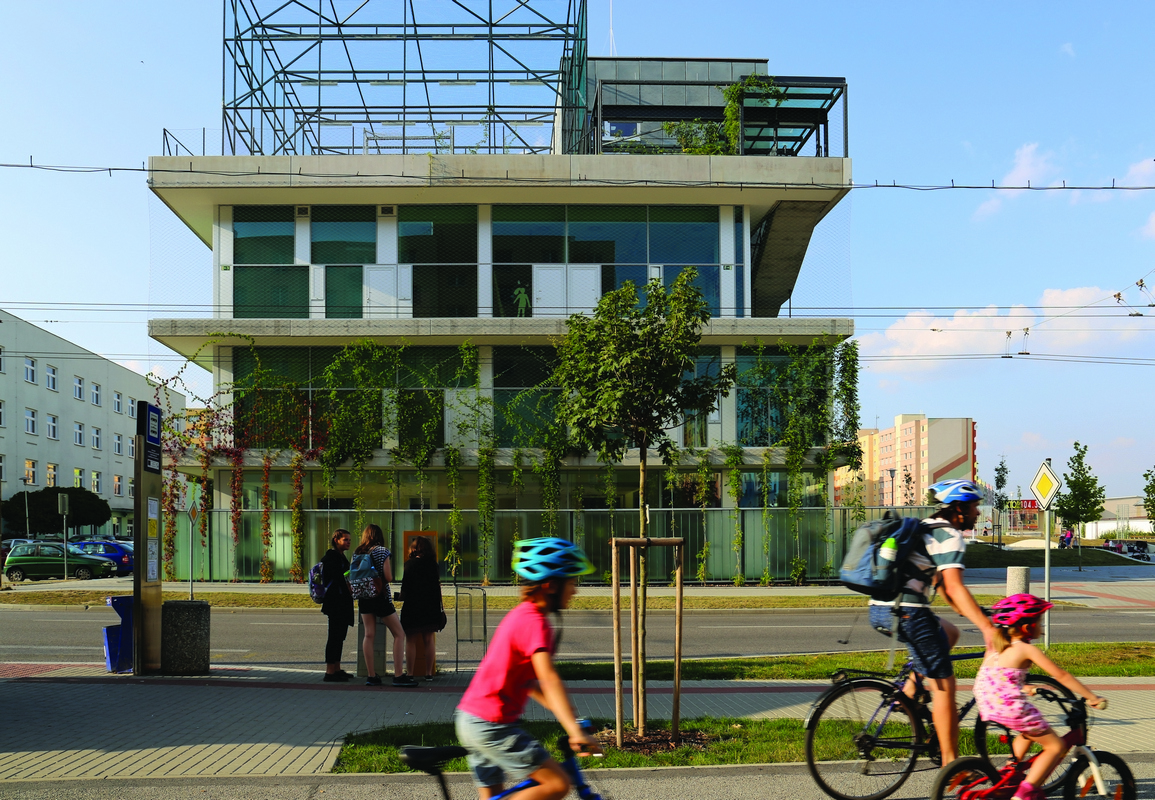House *L
The school of Serbian language and culture, including a hostel, is located in Valjevo, a small city in Western Serbia.
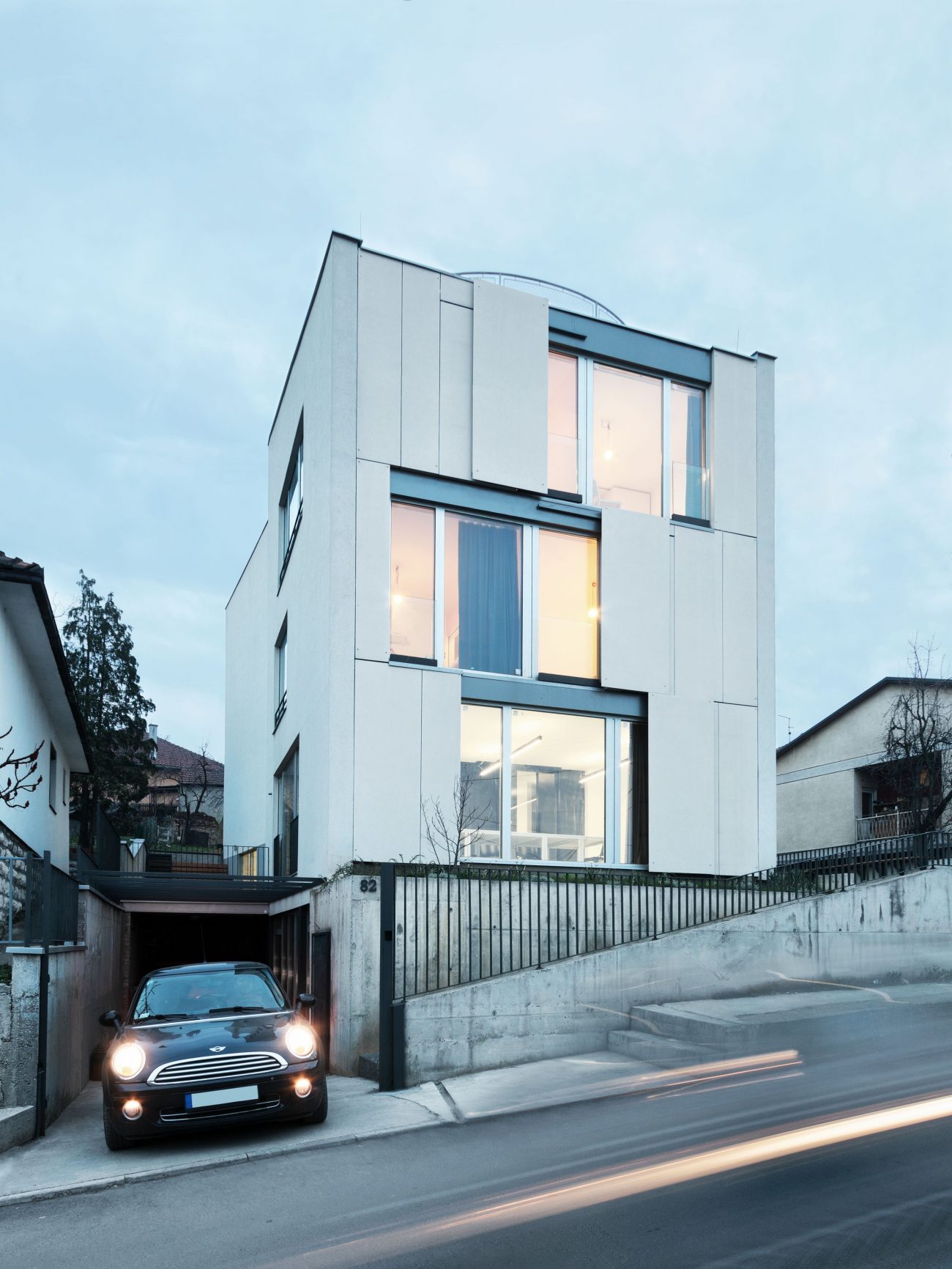
re:a.c.t
House *L
-
Location
Valjevo, Serbia
-
Project title
School for Serbian Language and Culture + Hostel
-
Architecture office
re:a.c.t
-
Architects
Grozdana Šišović, Dejan Milanović
-
Area
658 sqm
-
Construction period
2012-2015
-
Photographs
Relja Ivanic
The school of Serbian language and culture, including a hostel, is located in Valjevo, a small city in Western Serbia. The building is situated on one of the hills of the wider city center, among private houses of similar or smaller volume. In order to meet the clients’ needs for diverse space types but also to adequately correspond to the surrounding ambience, the architecture of the object is designed as a quiet neighbor who also uses all the benefits of the location to realize different spatial qualities.
Two different but complementary functions of the building are organized in the overlapping sequences of different types of spaces and ambiences. The overall character of the building is open and inviting, aiming to include the city into the life of the school and its activities. Despite this openness, the intimate corners and quiet common areas are also integrated in a rich but yet very simple spatial scheme.
The winded and branched communication line, from the entrance point to the flat roofs or to the hidden backyard, and the series of micro-ambiences with different functions (an open classroom, a courtyard under vines at the lowest level, and so on) were the goals to achieve by shaping the form: divided into two volumes, gathered in a dynamic composition by virtue of the rotation and elevation, with carefully placed openings and connections.
The building is designed to house a private language school, known for its successful and well-visited summer courses, which gather mainly international students of Slavic languages. Therefore, the visual contact with the local urban landscape and its surroundings also acts as an educational addition to the users’ experience.
 Romană
Romană English
English









